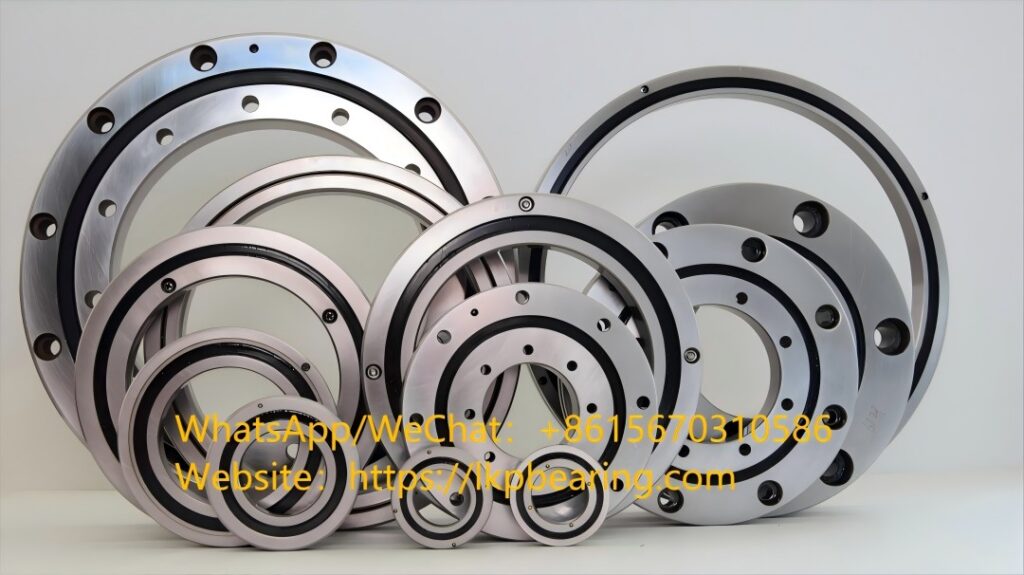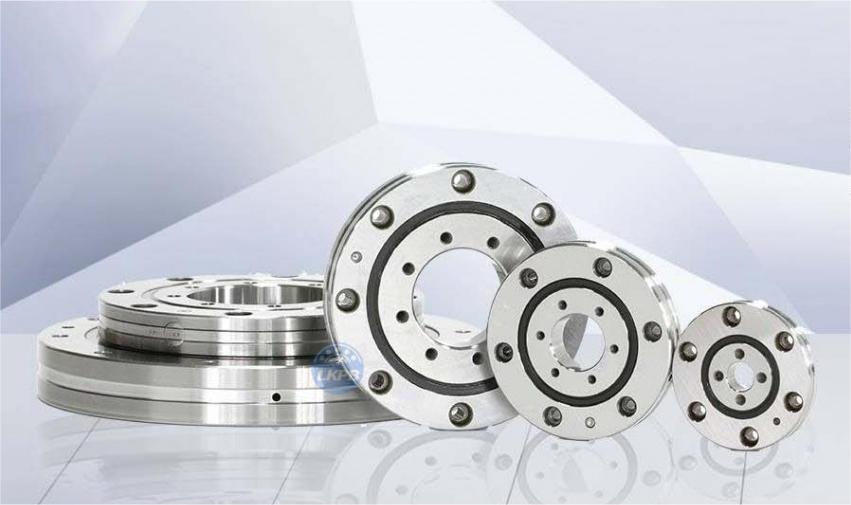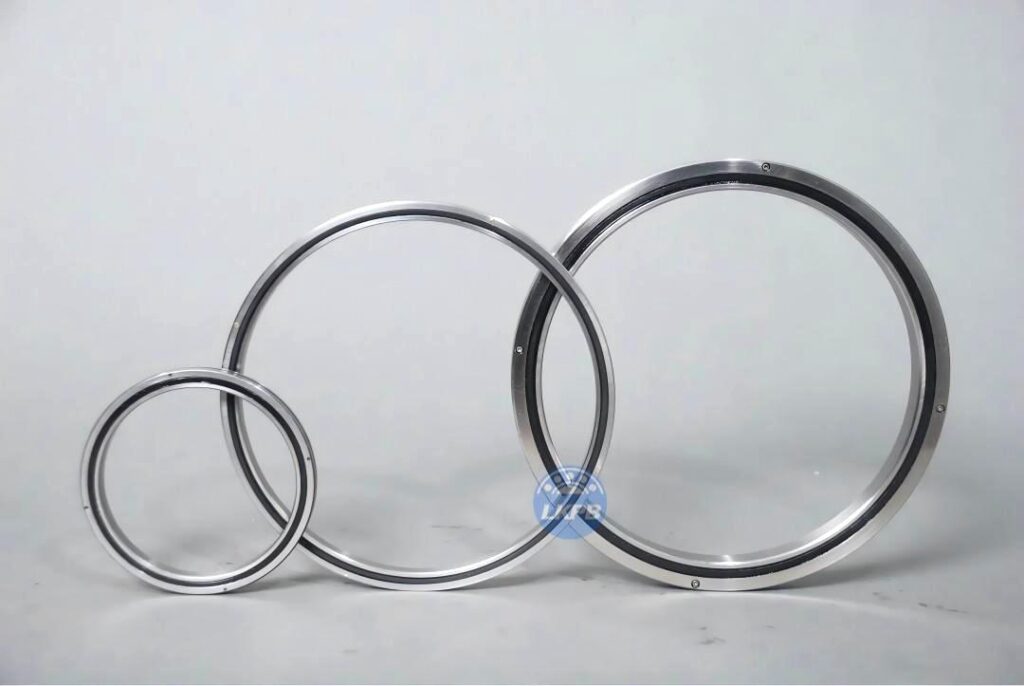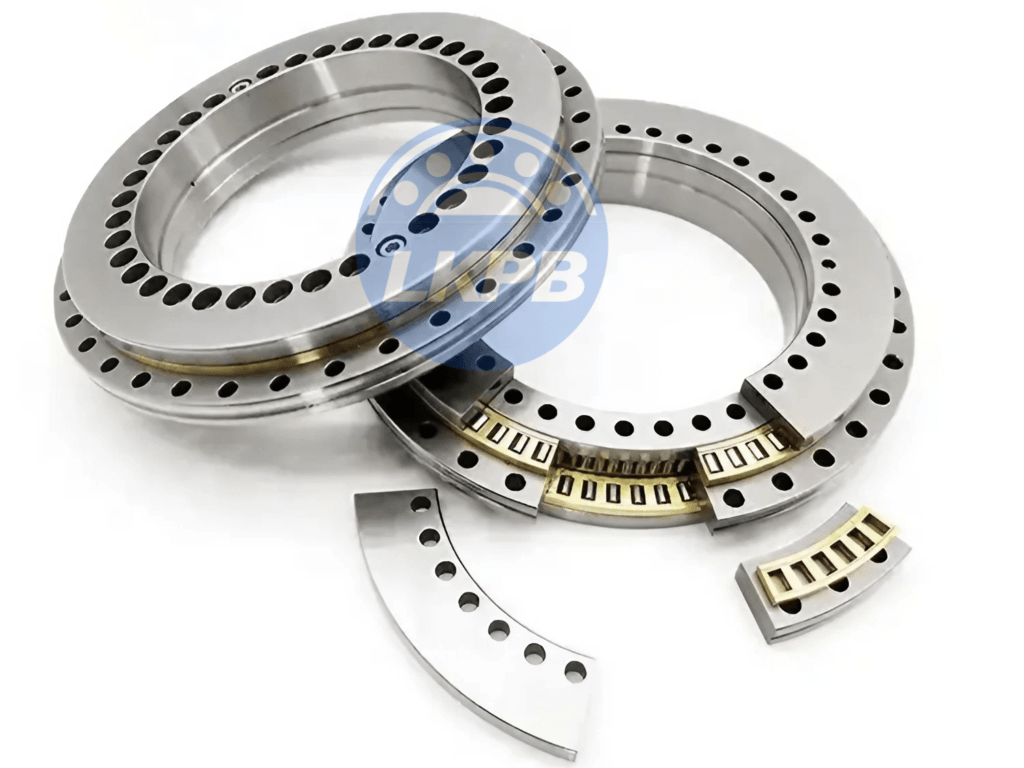Introduction
In the world of bearings, there are various types designed to meet specific requirements and operating conditions. Two such bearings that often get compared are tapered bearings and needle bearings. While both are commonly used in various applications, they have distinct differences that make them suitable for different scenarios. In this article, we’ll explore the 5 key differences between tapered bearings and needle bearings.
1. Load-Carrying Capacity
One of the primary differences between tapered bearings and needle bearings lies in their load-carrying capacity. Tapered bearings, also known as roller bearings, are designed to handle combined radial and axial loads. Their unique geometry allows them to support heavy loads and withstand high thrust forces, making them ideal for applications such as automotive wheel bearings and gearboxes.
On the other hand, needle bearings are designed to primarily handle radial loads. They excel in applications where space is limited and compact designs are required. Needle bearings can support moderate radial loads but have limited axial load-carrying capacity.
2. Design and Construction
Tapered bearings are characterized by their tapered inner and outer ring raceways, which accommodate the tapered rollers. This design allows for better load distribution and enables the bearing to handle both radial and axial loads efficiently.
In contrast, needle bearings consist of a thin, cylindrical outer ring with needle-shaped rollers arranged in a row. This compact design allows for space-saving installations and enables the bearing to handle radial loads while minimizing friction.
3. Lubrication Requirements
Lubrication is crucial for the proper functioning and longevity of bearings. Tapered bearings typically require more lubricant due to their larger surface area and the need to accommodate the combined radial and axial loads. Proper lubrication is essential to prevent premature wear and ensure smooth operation.
Needle bearings, on the other hand, have lower lubrication requirements due to their compact design and smaller surface area. However, it’s important to follow the manufacturer’s recommendations for lubrication intervals and types of lubricants to ensure optimal performance.
4. Precision and Rigidity
Tapered bearings are known for their precision and rigidity, which is essential in applications requiring high accuracy and stability. Their robust design and sturdy construction make them suitable for high-speed operations and demanding environments.
In contrast, needle bearings are designed for compact and lightweight applications where space is limited. While they offer good precision and rigidity within their intended operating parameters, they may not be as robust as tapered bearings in extreme conditions.
5. Applications and Industries
Tapered bearings find widespread applications in industries such as automotive, construction, and heavy machinery, where their ability to handle combined loads and withstand harsh environments is crucial. They are commonly used in wheel bearings, gearboxes, and transmission systems.
Needle bearings, on the other hand, are commonly used in applications where space is limited, such as printing equipment, textile machinery, and certain automotive components. They are also prevalent in the aerospace industry due to their compact design and weight-saving advantages.
When selecting the appropriate bearing for your application, it is essential to consider factors such as load conditions, operating environment, and space constraints. By understanding the key differences between tapered bearings and needle bearings, you can make an informed decision and ensure optimal performance and longevity of your machinery.
At LKPB, a leading bearing supplier and manufacturer, we offer a wide range of both tapered bearings and needle bearings, along with expert guidance to help you choose the right solution for your specific needs.














